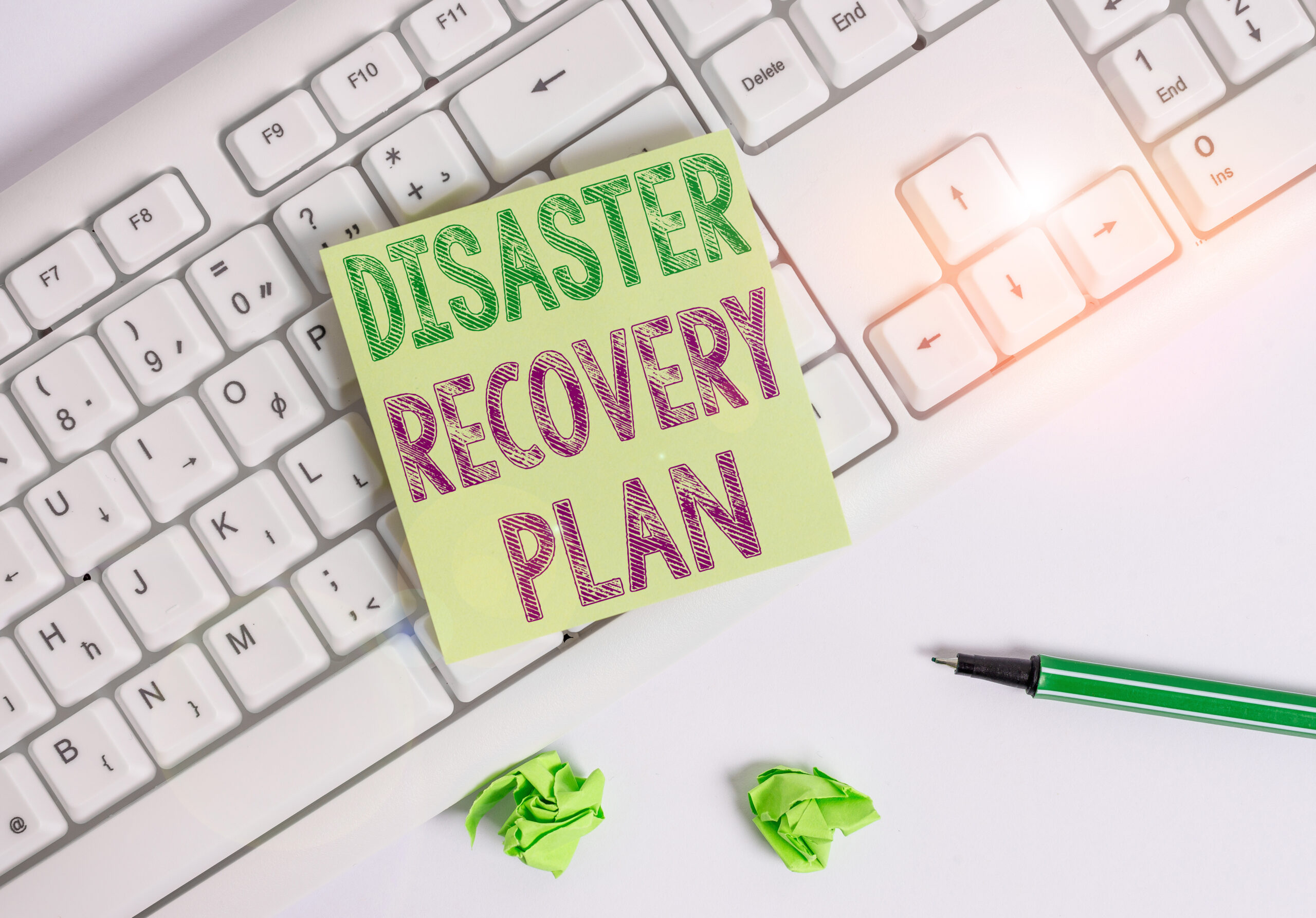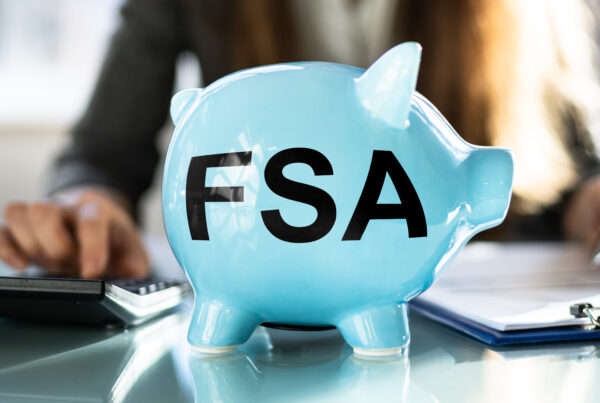Blog post 1 of 5 in the series, “Military Family Readiness During and After COVID-19″
by Karen Shirer, Ph.D.
Lindsey, a military spouse, lives on the West Coast with her husband, an active-duty Marine, and her two children, 2 and 4 years old. The year 2020 was a tough one for her military family due to COVID-19. In March, her husband, mother and she contracted COVID-19. All three recovered in several weeks but Lindsey lost her position as a director of development for a local theatre.
Then, her husband received orders to report to a base on the East Coast in June. Permanent change of stations, like her husband’s, were put on hold due to the pandemic but were lifted in May. They moved to their new home in June. Lindsey has been able to find part-time contract work as a fundraiser but even with applying for many positions has not been able to find a full-time, permanent position.
— Source: Many military families are struggling in the era of Covid
Lindsey’s experiences with COVID-19 are not unique. Military families, like civilian families, continue to experience the effects of the COVID-19 pandemic. This novel virus in early 2020 spread quickly across the country and world. Military families faced, like with other disasters, threats to their physical, psychological, and economic well-being, and needed to draw upon their resilience.
Military Family Service Providers (MFSPs) can play an important role in supporting and guiding military families through the pandemic. Beginning in Fall 2020, the OneOp Military Family Readiness Academy (MFRA) offered a webinar series, Disaster and Hazard Readiness Foundations. This 2021 Academy focuses on implementing the unique skills and resources military family service providers need as they manage disasters and hazards within their professional fields.
This series of blog posts, Military Family Readiness During and After COVID-19, builds upon the webinar series, providing additional information for supporting military families through the pandemic. Important lessons learned from previous disasters, the current pandemic, and best practices for responding will be highlighted.
The series’ focus will describe how acute family stress caused by disasters affects military families. If unmanaged, acute stress contributes to chronic stress and mental and physical health challenges for military family members. Each blog post describes best practices and strategies for addressing family stress and directs you to additional resources.
This blog post describes the reasons why COVID-19 is considered a disaster. Next, the impact of acute and stress on military families during this disaster are examined. Best practices and recommendations for supporting military (and all) families during the pandemic will be examined. At the end, the remaining blog posts will be described as well as the next steps.
COVID-19: A Disaster within a Disaster
Keith Tidball, Ph.D., in the webinar Preparing for Disaster During A Pandemic, described COVID-19 as a “slow-burn” event, similar in nature to drought, famine, or urban/rural decline. “Sudden-burn” events include tornados, hurricanes, wildfires, earthquakes, tsunamis, flooding, etc. Tidball notes that throughout the current slow-burn pandemic, sudden-burn events have occurred.
An important part of preparing for a disaster is understanding the nature of the disaster, in this case, the pandemic. A wealth of credible and reliable information about COVID-19 has been published in a variety of reliable sources such as Military One Source, the Centers for Disease Control and Prevention, medical websites, and state public health departments.
However, misinformation and rumors about the novel virus have spread through social media, creating confusion and mistrust. Misinformation is a common problem during all disasters and continues to occur during the pandemic (https://www.defense.gov/Explore/Spotlight/Coronavirus/Rumor-Control/). I begin by sharing basic facts about COVID-19 to help show why it needs to be treated as a disaster for military families.
Novel coronaviruses like COVID-19 are those that were never found in humans before. As a result, our bodies do not have the necessary immunities/antibodies to fight the virus. COVID-19 presents a unique challenge in that someone can spread the virus unknowingly before having symptoms. COVID-19 became a pandemic in early 2020 and spread to the entire world in a few months (Centers for Disease Control and Prevention).
Those responsible for public health had little information about the virus. But they quickly learned that the virus spread through the air when people coughed or breathed on others. Wearing a face covering, keeping 6-feet of physical distance, avoiding indoor crowded spaces, and washing hands frequently became and remain the best preventative measures. Even with the widespread use of new vaccines, medical experts still urge everyone to follow these recommendations.
Like other disasters, pandemics move through phases that guide how we prepare and respond (The Novel Coronavirus: What Are Novel Viruses, and How Do They Impact Public Health?). Phase I focused on how the virus emerged and health scientists learned all they could about how the disease spread. Efforts were also put into developing vaccines and treatments, and public health messaging.
The second phase focused on tracking the growing spread of COVID-19. We saw: testing and contact tracing; shutdown of businesses, schools, and other public spaces; and public health messaging on behaviors to reduce spread.
In Phase II, we experienced at least two peaks in cases and deaths nationally — in the summer of 2020 and from November through early 2021. Some areas have had as many as five peaks. There are complex reasons for these peaks, some due to people not following public health measures and new virus variants.
Phase III became a period in which virus cases and deaths declined. Many localities and states focused on reducing infections in order to ease the pressure on hospitals and clinics that were overrun with very ill patients. Once health care was able to manage the number of patients, re-opening in phases began.
We will continue to move through new peaks of the virus into the foreseeable future. Peaks may not be as widespread or severe as more people are vaccinated. Other disasters need to be prepared for, and we will need to factor in what phase the pandemic is in when preparing and responding.
The pandemic can limit our disaster preparedness efforts if we do not take an “all-disaster” approach described in the Preparing for Disaster During A Pandemic webinar. This means we need to start early in preparing for a potential emergency and to address the special, unique challenges of military families.
Next, we will examine how the pandemic’s impact on military families has led to acute and chronic stress.
How stress impacts military families during COVID-19 and other disasters
Like other large-scale disasters, the pandemic created many stressors for individuals and families, including military families (Pfefferbaum & North, 2020). The uncertainty surrounding the pandemic, new and unfamiliar public measures that infringe on personal freedom, economic losses, and conflicting public health messages are just a few of the many challenges we’ve experienced (Pfefferbaum & North, 2020).
When the pandemic first began, many military families likely experienced acute stress related to the virus’ impacts. Acute stress is defined as:
“the sudden or unexpected onset of moderate or severe discomfort and or disequilibrium and feelings of inadequacy among family members in the light of perceived insufficient available resources” (Myers-Walls, 2020).
Acute stress is different from chronic stress. Acute stress occurs when we face unforeseen or unplanned events, like the COVID-19 pandemic. Military families already face stressful transitions related to a permanent change of stations, going through the deployment cycle, especially reintegration, and complicated family transitions, like divorce, childbirth, and more. But these transitions are typically planned for but COVID was not.
Acute stress may cause people to feel overwhelmed, uncomfortable and uncertain, due to a belief that they lack the resources to address the challenges (Myers-Walls, 2020). The media report for the opening scene describes how many military families were not immune to the physical and mental health challenges, and economic threats of COVID-19.
Acute stress is considered the most common kind of stress and stems from recent or future events. In small doses, acute stress can energize one but becomes a problem (e.g., chronic stress and mental health challenges) when it goes on longer than the resources people feel they have (Myers-Walls, 2020; Pfefferbaum & North, 2020).
Chronic stress is stress that won’t go away, that is persistent and constant over an extended period of time (APA, 2019). The pandemic’s slow-burn nature has created chronic stress for many military family members as well as civilian families.
One’s reaction to stressful situations differs from person to person, based on genetics and life experiences (Mayo Clinic, 2019). Our genetic makeup has a role in determining how we respond to stress. Most people remain fairly calm with only occasional flight-or-fight responses, but some people experience stress responses that are over- or under-active due to their genetic makeup.
Life experiences also determine how one reacts to stressful situations. These experiences include experiencing childhood neglect and abuse or being involved in violent and destructive events as an adult or child. This trauma can make one more susceptible to strong stress reactions. As we are all aware, military personnel who have been involved in combat can experience strong stress responses, like PTSD.
Chronic stress also can stem from family life course transitions, like divorce or childbirth; the buildup of daily hassles; and/or prolonged events like the pandemic or large-scale disasters. It puts one at increased risk for health problems like anxiety, depression, digestive problems, heart disease, sleep disorders, unhealthy weight changes, and memory problems (Mayo Clinic, 2019).
Recent surveys and polls of all US populations and military-connected families found that stress has become a major problem during the pandemic. A survey by APA (2021) found that the pandemic increased everyone’s stress but some groups were impacted more than others with these findings especially relevant to military families:
-
- Parents (48%), in general, reported increased stress levels during the pandemic and 62% of those who had children in remote learning had increased stress levels.
- Black individuals expressed the greatest unease about getting back to pre-pandemic social interactions (57% as compared to 51% of Asian Americans, 50% of Latinos, and 47% of Caucasians.
- 46% of adults who identified as Gen-Zs (those born after 1995) said their mental health was worse due to the pandemic. They are followed by Gen Xers (53% of those born between 1965 and 1980), and Millenials (31% of those born between 1981 and 1995).
Little data is currently available about the specific impact of the coronavirus on the military families’ stress responses and mental health. Several surveys and polls have been conducted by the Institute for Military and Veteran Families at Syracuse University and the Blue Star Families organization that provide some evidence. (Neither of these groups is affiliated with or funded by the US Department of Defense and neither represents DoD policies and programs.)
These surveys found that military families and their active-duty members view the coronavirus as a threat to military and family readiness. They report facing difficulties with child care, spousal employment, finances, food insecurity, and health care. Media reports also provided anecdotal information on the virus’s effects on military families.
To support and ensure military family readiness, we can support military families’ mental well-being with prevention and intervention strategies and best practices. In the next section, a summary of the remaining blog posts will be given and helpful resources for getting you started on supporting military families as the pandemic continues.
What To Expect in This Blog Post Series and More Helpful Resources
Military families face unique challenges and Covid-19 presents even more complex challenges for them. These challenges have, in turn, created changes in how MFSPs work, including how to address these complex challenges during the pandemic.
The next three blog posts will focus on best practices and strategies from the recent Military Family Readiness Academy on managing acute and chronic stress during a disaster in order to sustain and enhance military family readiness. Here is a brief summary of the next three blogs that will be posted over the next several weeks:
-
- Revisiting Phase One of the Pandemic: Prepare for Military Family Readiness during the Current and a Future Pandemic or Other Disaster
- Explore the role of MFSPs in helping military families manage acute stress, using family resilience frameworks
- Introduce best practices and topics on acute stress for MFSPs to use with military families during disasters, including the pandemic
- Apply acute stress principles for disaster preparedness and response, especially connecting military families with resources
- Revisiting Phase One of the Pandemic: Prepare for Military Family Readiness during the Current and a Future Pandemic or Other Disaster
-
- Managing the Phase Two Peaks of the Pandemic: What We’ve Learned about Supporting Military Families
- Provide an in-depth look at COVID-19’s effects on children and parents with a focus on military families
- Provide additional information on the science of stress and apply the science to military children and families
- Provide key insights and best practices on responding to military families experiencing domestic violence
- Managing the Phase Two Peaks of the Pandemic: What We’ve Learned about Supporting Military Families
-
- Looking to the Future after the Pandemic: Where Do We Go From Here?
- Explore what we’ve learned about delivering programs and services to military families during the pandemic
- Examine needed systemic changes in services that the pandemic highlighted
- Apply the framework of the Asset-based Disaster Recovery
- Looking to the Future after the Pandemic: Where Do We Go From Here?
In the meantime, there are several steps that you can take:
-
-
- Check out the sources used in the blog post — they are all hyperlinked.
- Review the webinars and resources offered by the MFRA.
- Connect with military families that you serve to learn more about their experiences with the pandemic and get suggestions of what would have been helpful.
- Share this blog post with your colleagues.
-
References
Fox, M. (2020, November 11). Many military families are struggling in the era of Covid. CNBC.
Billing Ley, A. (2020, April 20). The Novel Coronavirus: What Are Novel Viruses, and How Do They Impact Public Health?. Good Rx. https://www.goodrx.com/blog/what-does-novel-coronavirus-mean-science-medical-definition/
Pfefferbaum, B., and North, C. (2020). Mental health and the COVID-19 pandemic. New England Journal of Medicine, 383, pp. 510-512. DOI: 10.1056/NEJMp2008017
Myers-Walls. J. (2020). Family life education for families facing acute stress: Best practices and recommendations. Family Relations, 69(3), pp. 662-676. https://doi.org/10.1111/fare.12452
American Psychological Association (2019, October 25). Stress won’t go away? Maybe you are suffering from chronic stress. https://www.apa.org/topics/stress/chronic
Mayo Clinic. (2019, March 19). Chronic stress puts your health at risk. https://www.mayoclinic.org/healthy-lifestyle/stress-management/in-depth/stress/art-20046037
American Psychological Association. (2021, March11). One year later, a new wave of pandemic health concerns. https://www.apa.org/news/press/releases/stress/2021/one-year-pandemic-stress
 Karen Shirer, previous Associate Dean of the University of Minnesota Extension Center for Family Development. Karen is also the parent of two adult daughters, a grandmother, a spouse, and a cancer survivor.
Karen Shirer, previous Associate Dean of the University of Minnesota Extension Center for Family Development. Karen is also the parent of two adult daughters, a grandmother, a spouse, and a cancer survivor.
Photo source: Adobe stock















